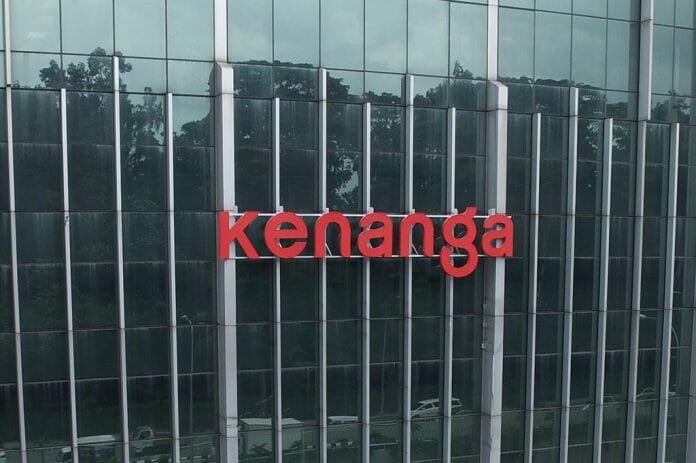Forceful market reactions
Global stock, bond and commodity markets have already reacted forcefully to the attack on Israel by the Palestinian militant
group Hamas over the weekend. Stock markets across the Middle-Eastern region are in a sea of red with Israel’s benchmark
index Tel Aviv Stock Exchange 35 plunging 7%, while DJIA and NASDAQ are poised to open at about a 0.6% to 0.7% loss,
respectively, based on their live futures prices. On the other hand, Brent crude oil futures prices have jumped more than 4% to USD88/bbl while the flight to safety has seen US 10-year Treasury yield easing 7bps to 4.72%.
Higher geopolitical risk premium, added inflationary pressure
There is a risk that the war may escalate and evolve into a full-scale proxy war between the West led by the US and Iran. As
such, inevitably, the global market risk premium, Malaysia included, will rise. Assuming we cut our target PER for FBM KLCI by 0.5x to 16x (from 16.5x we currently apply), our end-FBM KLCI target will fall to 1,470 pts (from 1,520 pts currently). If we were to cut our target PER by a full multiple, our end-FBM KLCI target would fall to 1,425 pts. While Israel and Palestine are not key producers of oil and other key commodities, they are basically at the doorstep of Middle East, which is a major oil-producing region in the world. An escalation of the war could potentially eventually disrupt the
production or transportation of oil out of the region. In any case, the perception of a heightened geo-political tension itself is
sufficient to keep oil prices high, adding inflationary pressure to the global economy.
A developing situation
For now, we are keeping our FBM KLCI earnings forecasts (CY23F: -4.0% and CY24F: +10.5%) and end-CY23 FBM KLCI
target of 1,520 pts as the war is still a developing situation. We are also keeping our sector and stock picks, which happen to be more defensive in nature. We pick banks for proxy to a healthier economy over the long term with stronger fiscal sustainability backed by targeted fuel subsidy, and to a certain extent, proxy to multiplier effect throughout the economy with the roll-out of large-scale public infrastructure projects. We are now even more upbeat on contractors given the impending roll-out of mega projects such as MRT3, Bayan Lepas LRT, and various large-scale flood mitigation projects.
We like telcos given their earnings resilience against targeted fuel subsidies with telecommunications services having evolved into a basic necessity of modern life. Digital applications for work or pleasure, such as short messaging, virtual meetings, electronic cash payment, e-hailing, online shopping, and online food and grocery delivery have become entrenched in everyday life.
We like consumer staples players and automotive makers/distributors focusing on the affordable segment, given the spending power of their target customers, i.e. the B40 group will remain intact as the group will still fully enjoy fuel subsidy under targeted fuel subsidy. We turn cautious on mid-market retailers and automotive makers/distributors as a higher fuel bill will eat into the disposable incomes of their target customers, i.e. the M40 group, on the assumption that part of the M40 group will be cut off from fuel subsidy.









